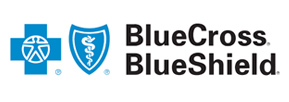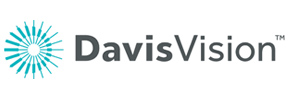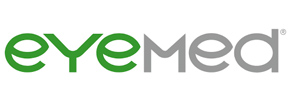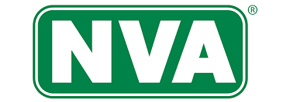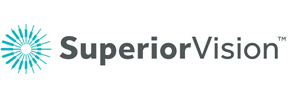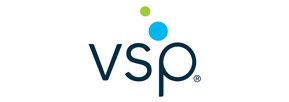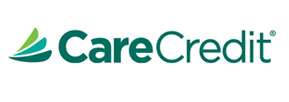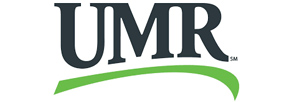 Making your vision insurance understandable
Making your vision insurance understandable
Using and understanding your vision insurance is a breeze at Heartland Vision. As Indiana’s vision insurance experts, we offer free insurance coverage checks to make sure our patients get the most out of their vision insurance. We’ll explain in detail any costs your insurance won’t cover with your exam or eyewear purchase, so there won't be any surprises when the bill comes.
We’ll help you use your HSA (health savings account) or flex dollars that are applicable for use with eyeglasses, contact lenses, or prescription sunglasses to make your money go further. We accept most vision insurance and union health & welfare plan providers. We can also work with discount programs and vision networks. If you don’t see your provider below, contact us and we will assist you in any way we can.
Union Health & Welfare Plans Accepted
We'll show you how to maximize your benefits
Call or visit any Heartland Vision store to get a free coverage check. We’ll show you how your plan works, and how to get the most value out of your vision benefits. We also have great options for patients without vision insurance.
How vision insurance works
Whether you have vision insurance through an employer or an individual plan, coverage for eye exams, glasses and contacts can vary widely. No matter what type of plan you have, you can expect to see some of the following terms:
 Copay
Copay
In most cases, insurance plans will require a fixed copayment for eye exams, frames, or lenses. This copayment will typically range from $10 to $35. You will be responsible for paying this amount out of pocket while the insurance covers the remaining cost.
 Material Fee
Material Fee
Referred to as a “materials copay,” this is a fee that is usually paid once and covers the cost of a complete pair of eyeglasses (frames and lenses) or contact lenses.
 Frame Allowance
Frame Allowance
Your insurance plan typically covers a set amount towards the cost of eyeglass frames, which usually falls between $100 and $150. While you are free to select frames that are more expensive than this amount, you will be responsible for covering any additional costs beyond the insurance allowance.
 Lens Allowance
Lens Allowance
Your vision plan may restrict coverage to specific lens materials or types, such as only covering lined bifocals but not progressives. Additionally, some plans may offer partial or full coverage for lens treatments, including anti-glare or scratch-resistant coatings.
 Contacts Allowance
Contacts Allowance
Typically, vision plans provide coverage for either eyeglasses or contact lenses. If you choose to purchase contact lenses, your plan may include an allowance for a one-year supply, with any additional costs beyond the allowance being your responsibility to cover out of pocket.
 Covered in Full
Covered in Full
If a product or service is fully covered by your vision insurance (“covered in full”), you will not be required to pay any out-of-pocket costs for it.
 Special discounts
Special discounts
Vision insurance plans may provide a discount on the remaining balance of your purchase after your frame or lens allowance has been applied. Additionally, certain plans offer special discounts such as reduced pricing on multiple pairs of glasses or prescription sunglasses after your yearly benefits have been exhausted.
 In-Network Provider
In-Network Provider
Heartland Vision's optometrists participate in the majority of vision insurance plans as in-network providers. Opting for an in-network eye doctor generally offers better value as your insurance is directly billed, and you will only be responsible for out-of-pocket expenses. Selecting an out-of-network provider may result in increased costs, as you will be required to pay for all services upfront and then submit an insurance claim for reimbursement.
